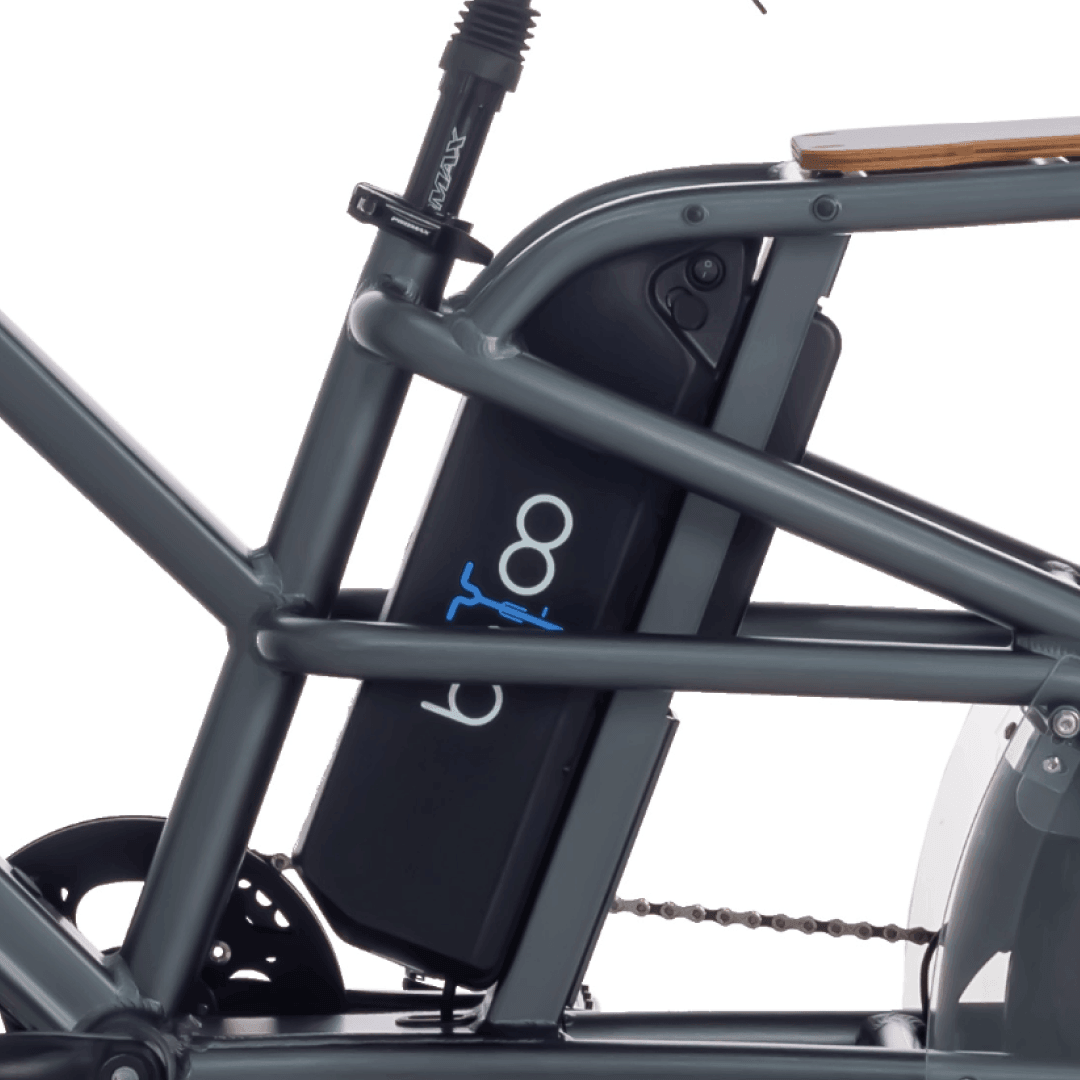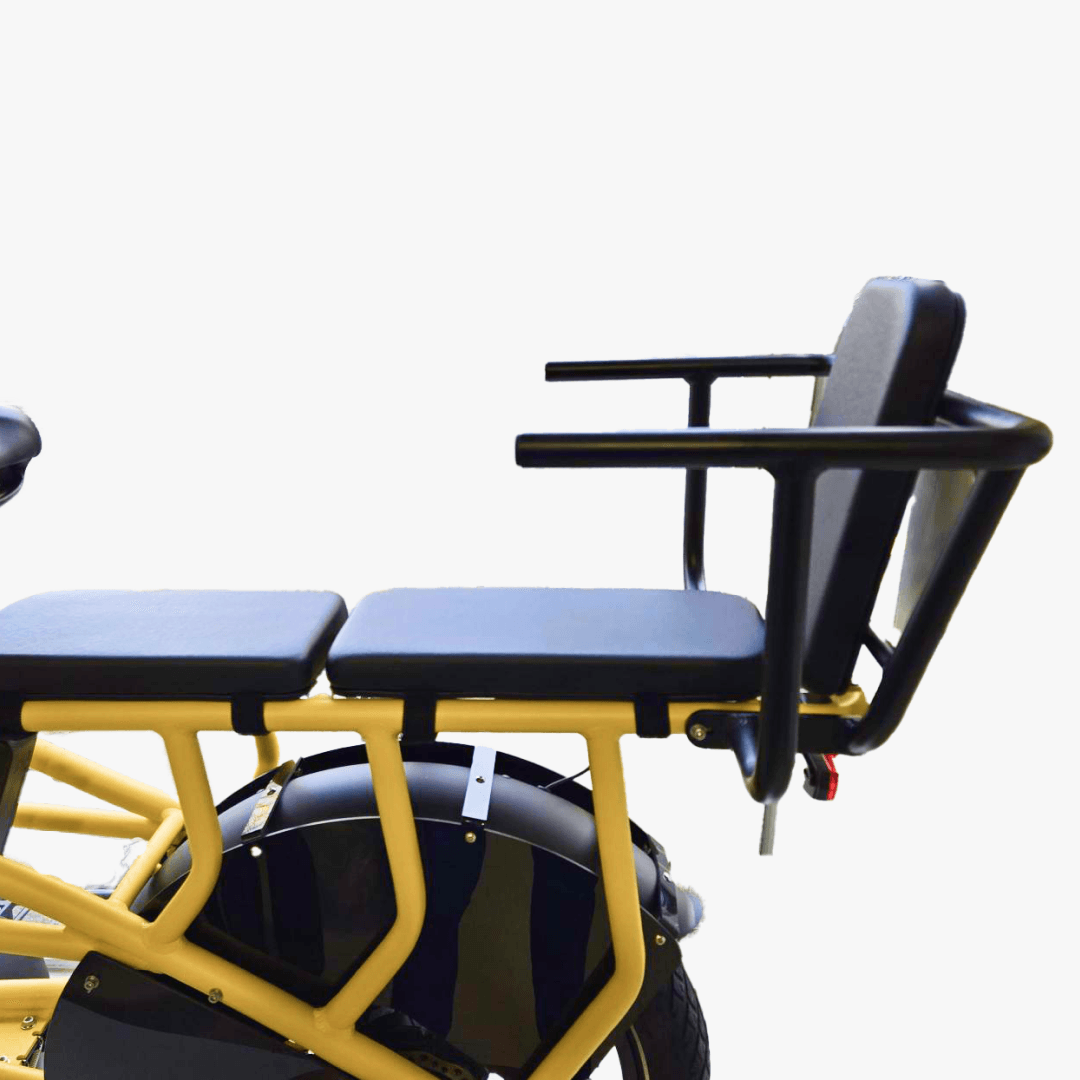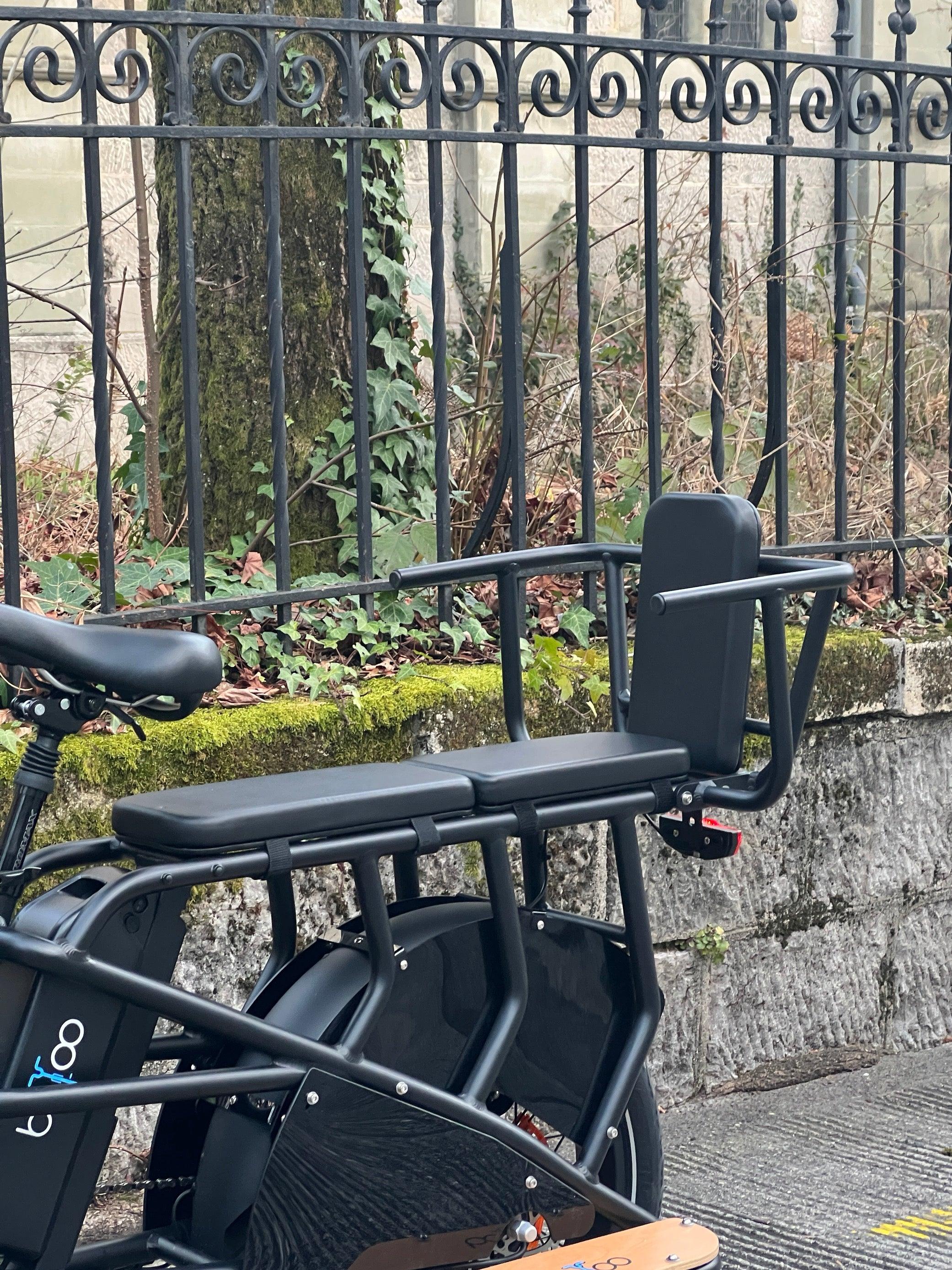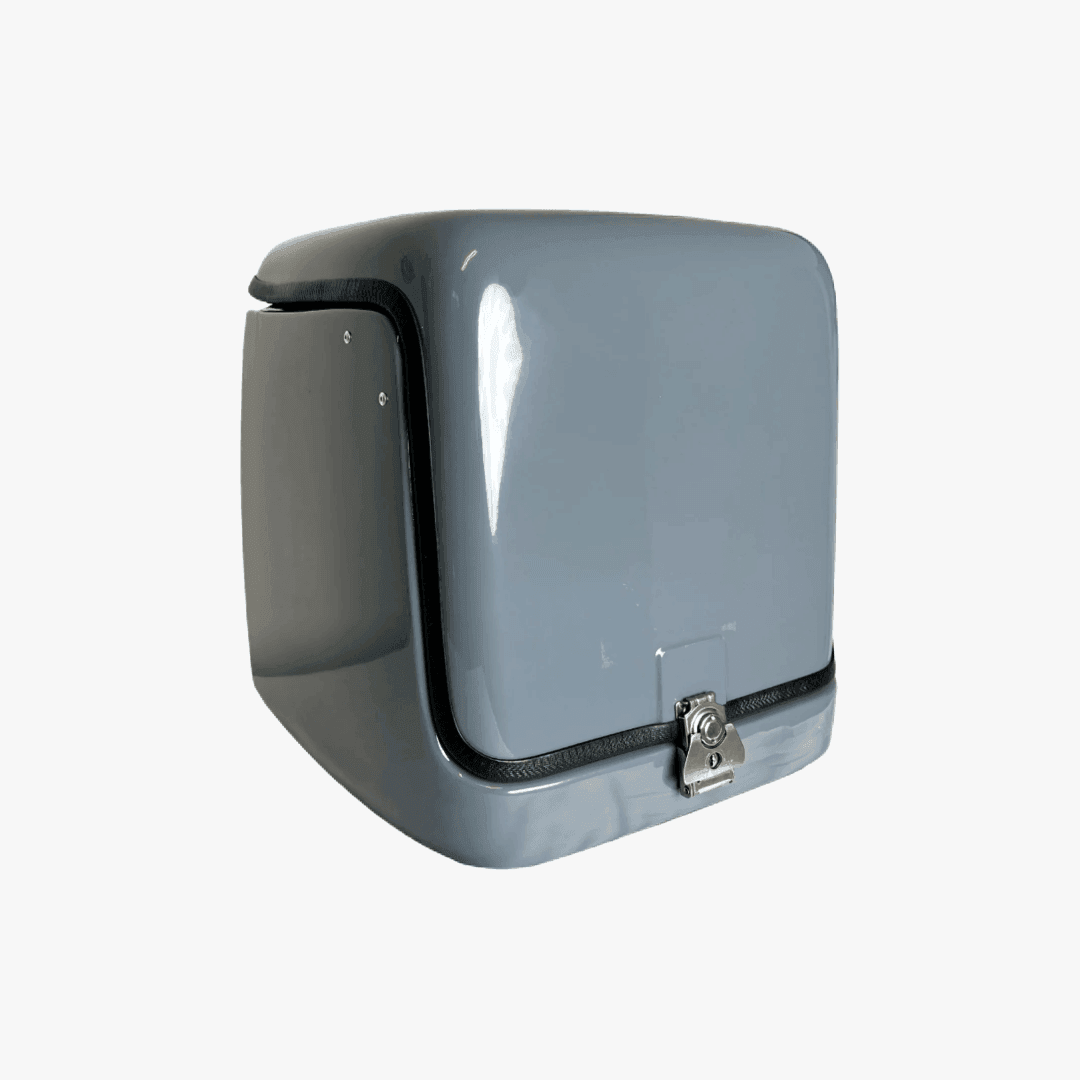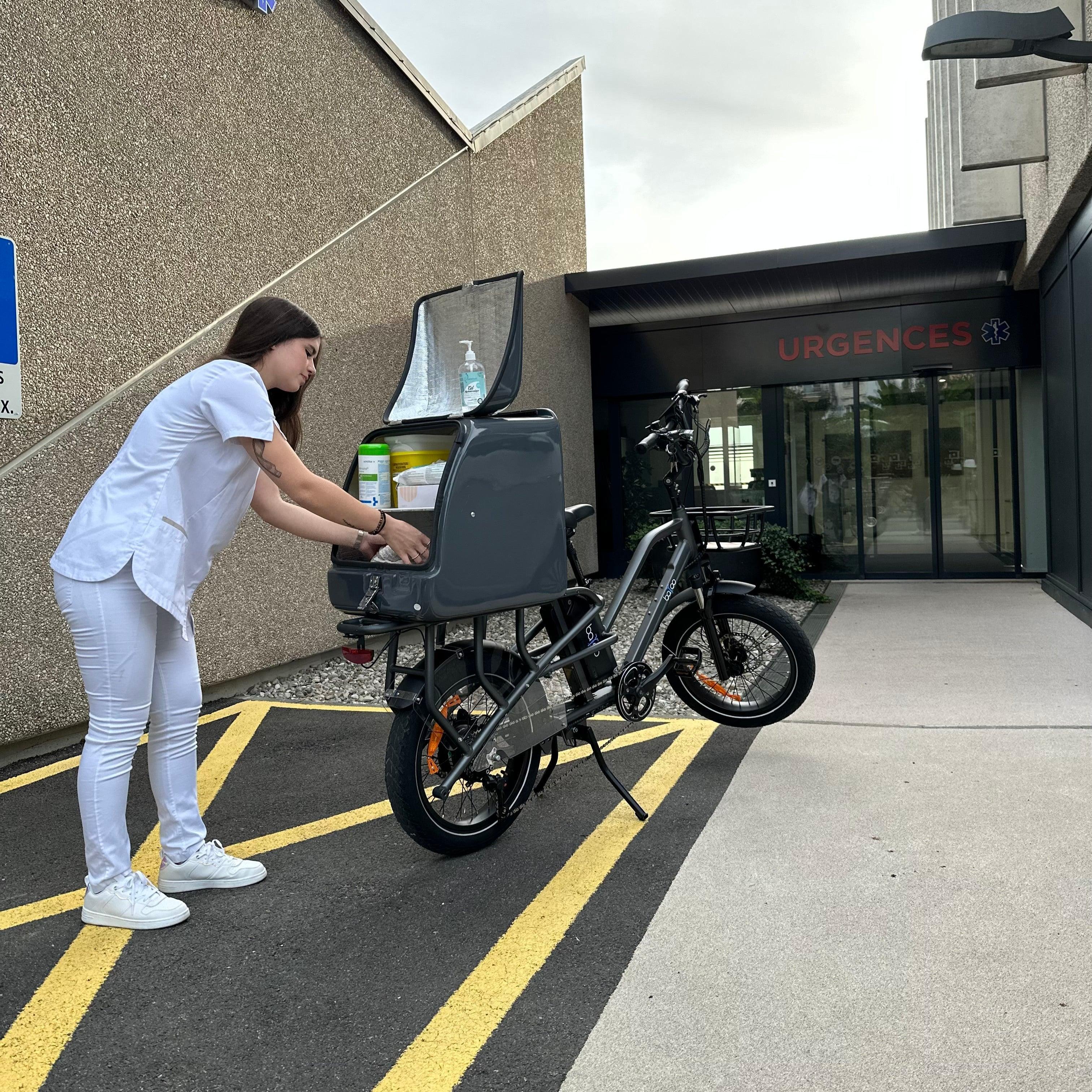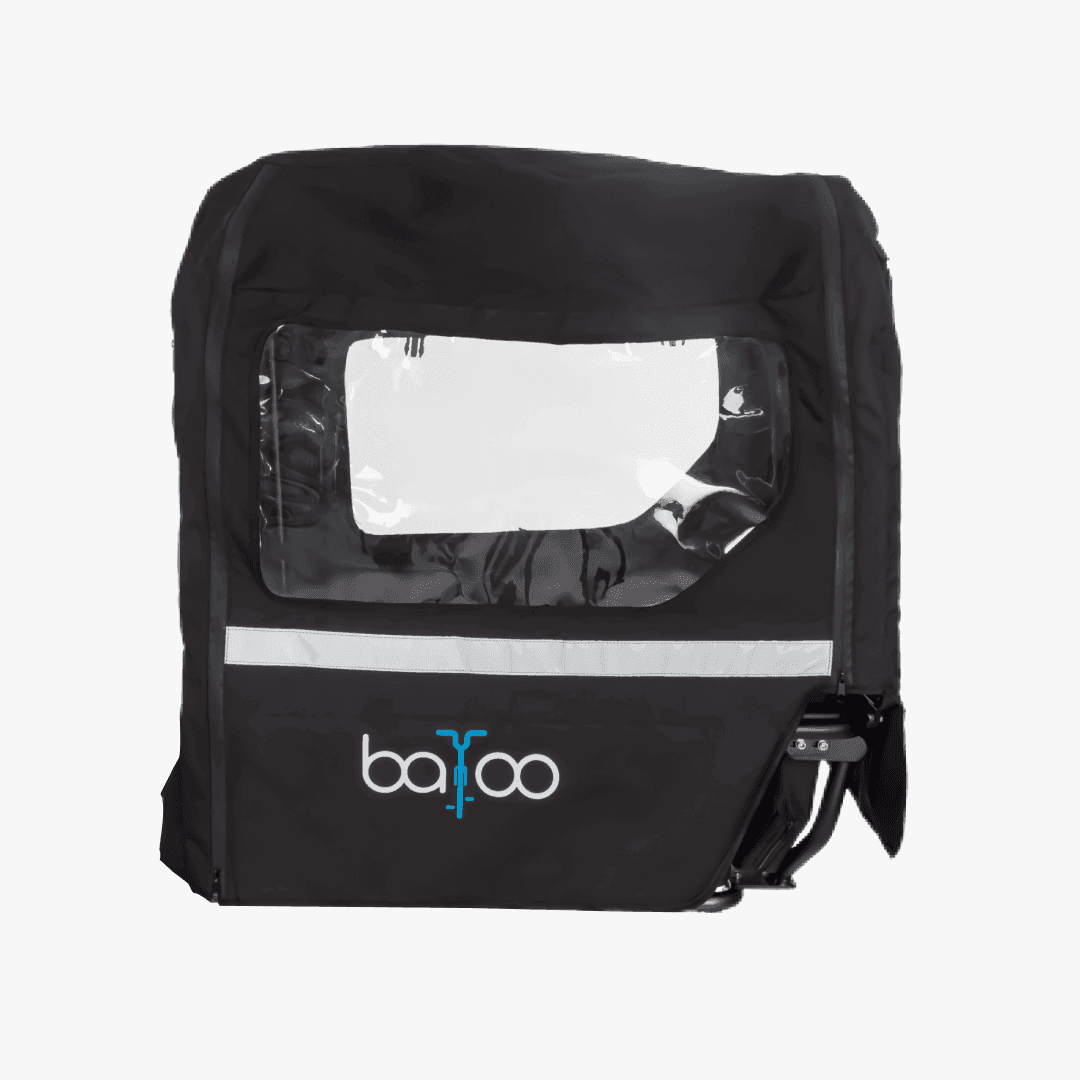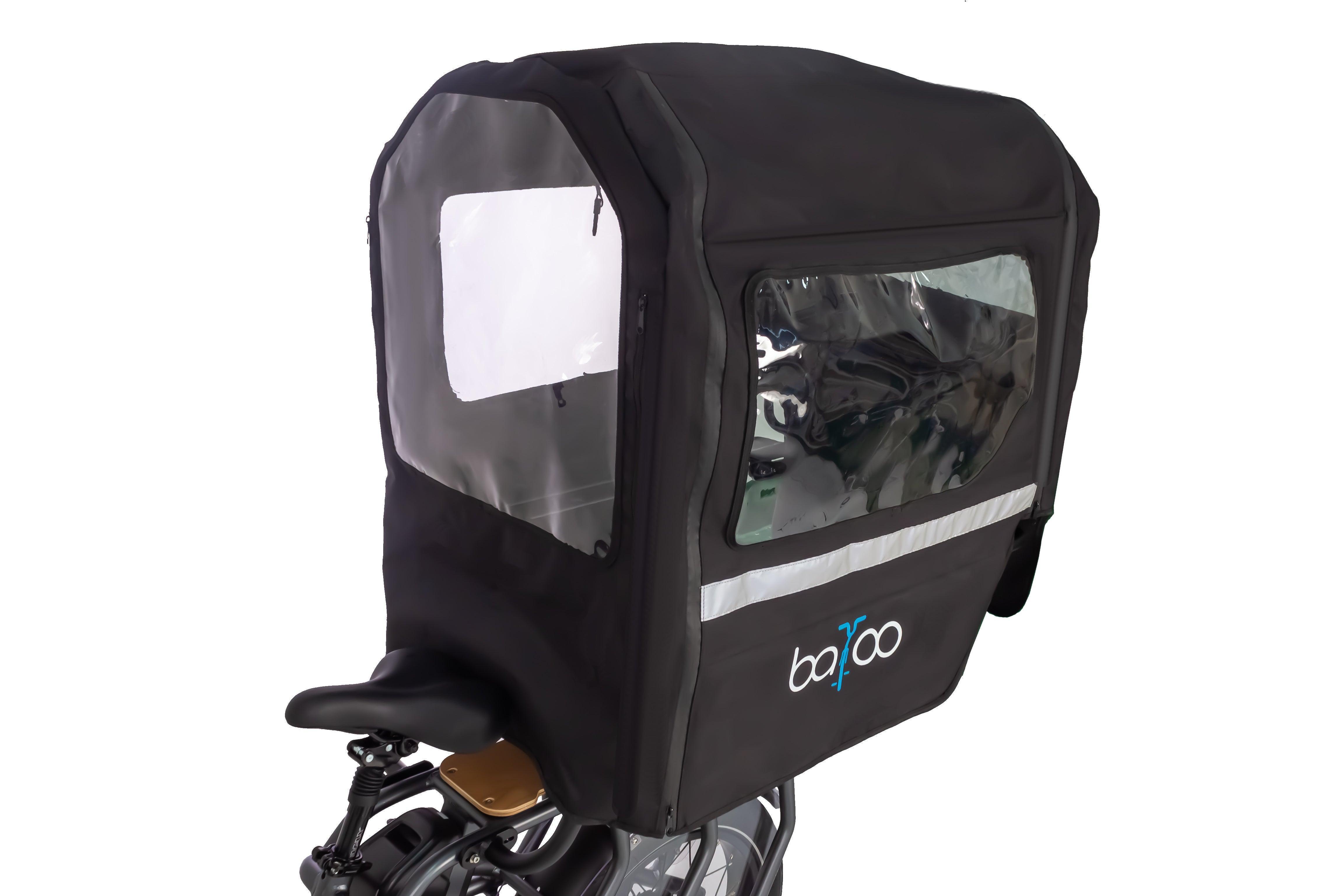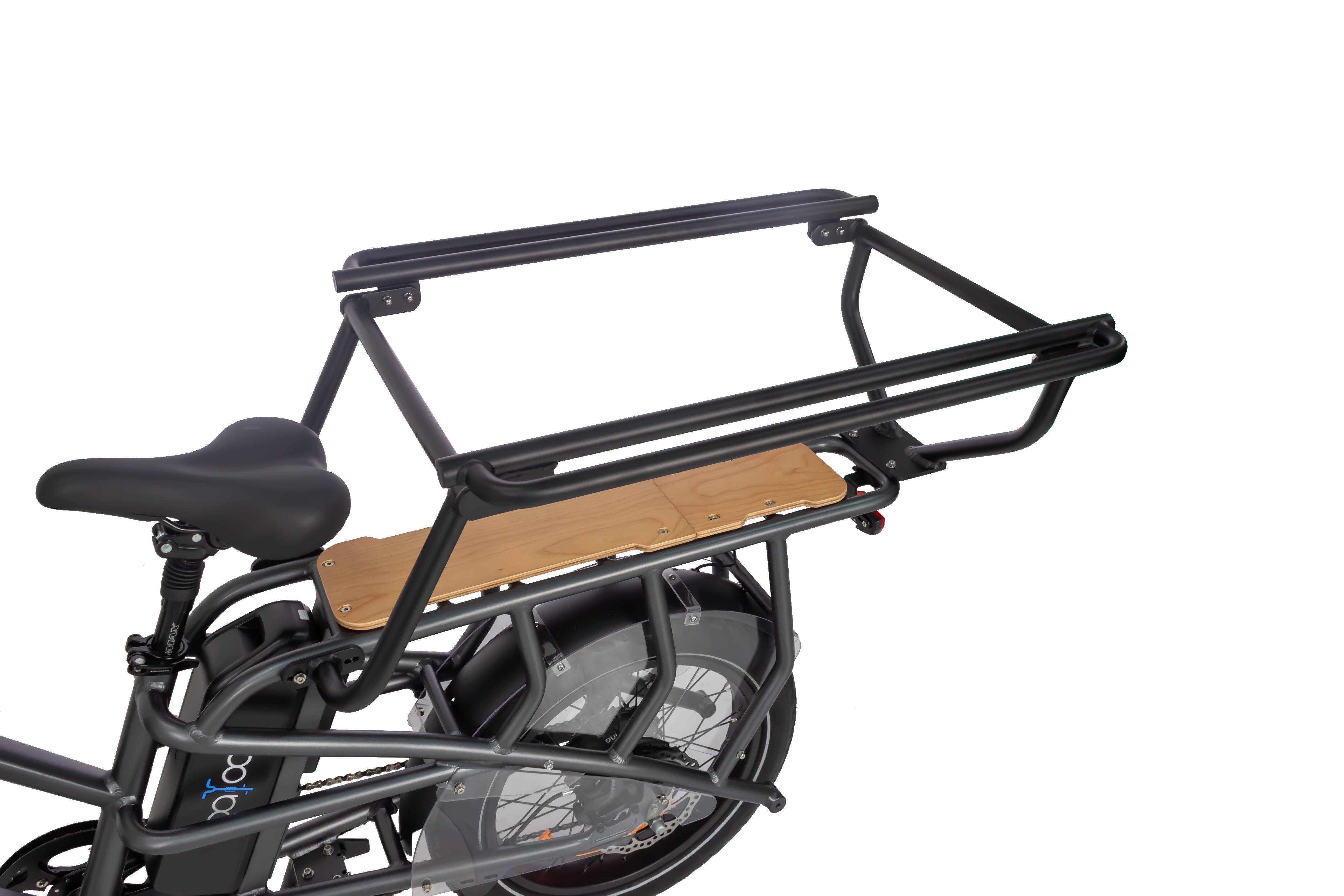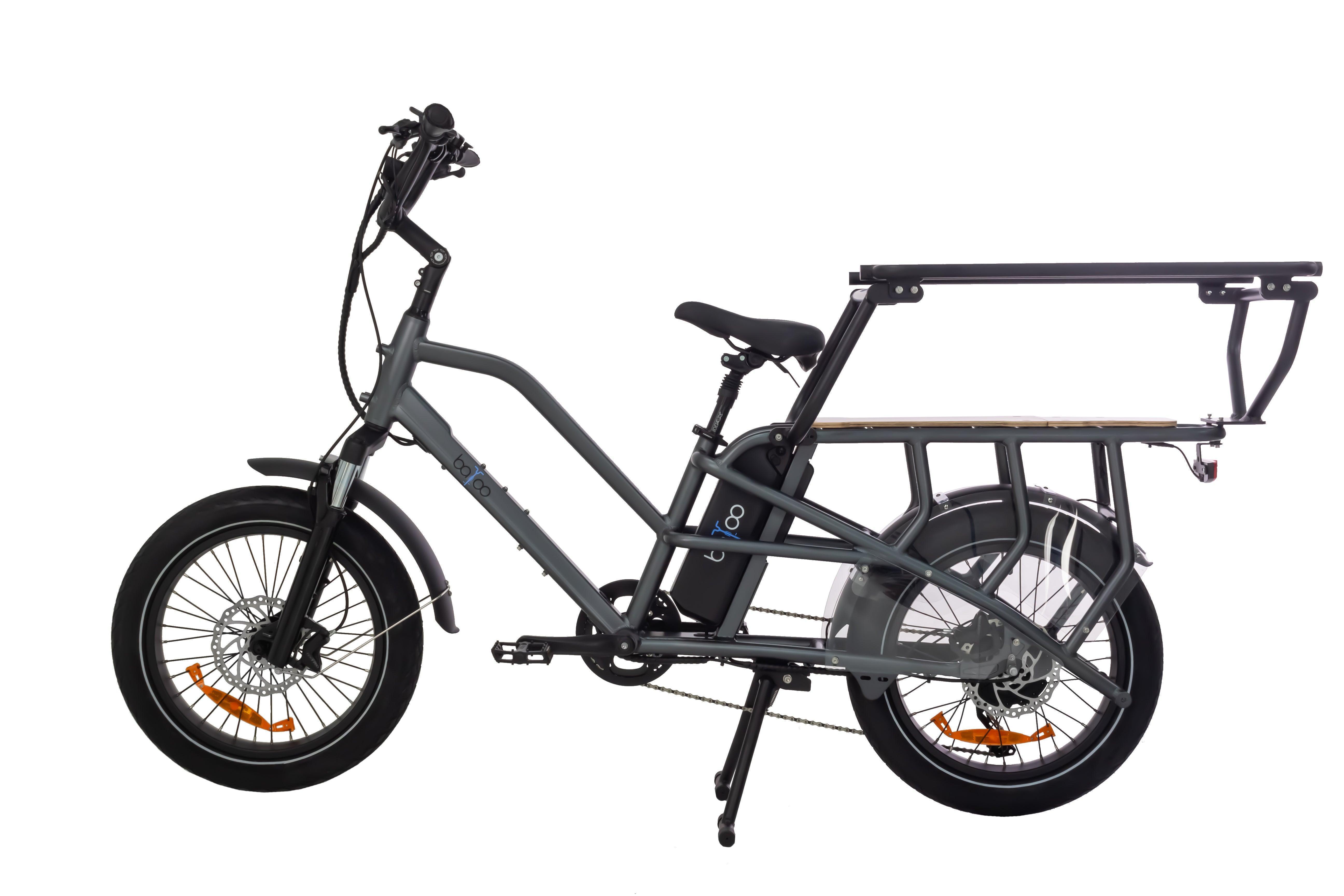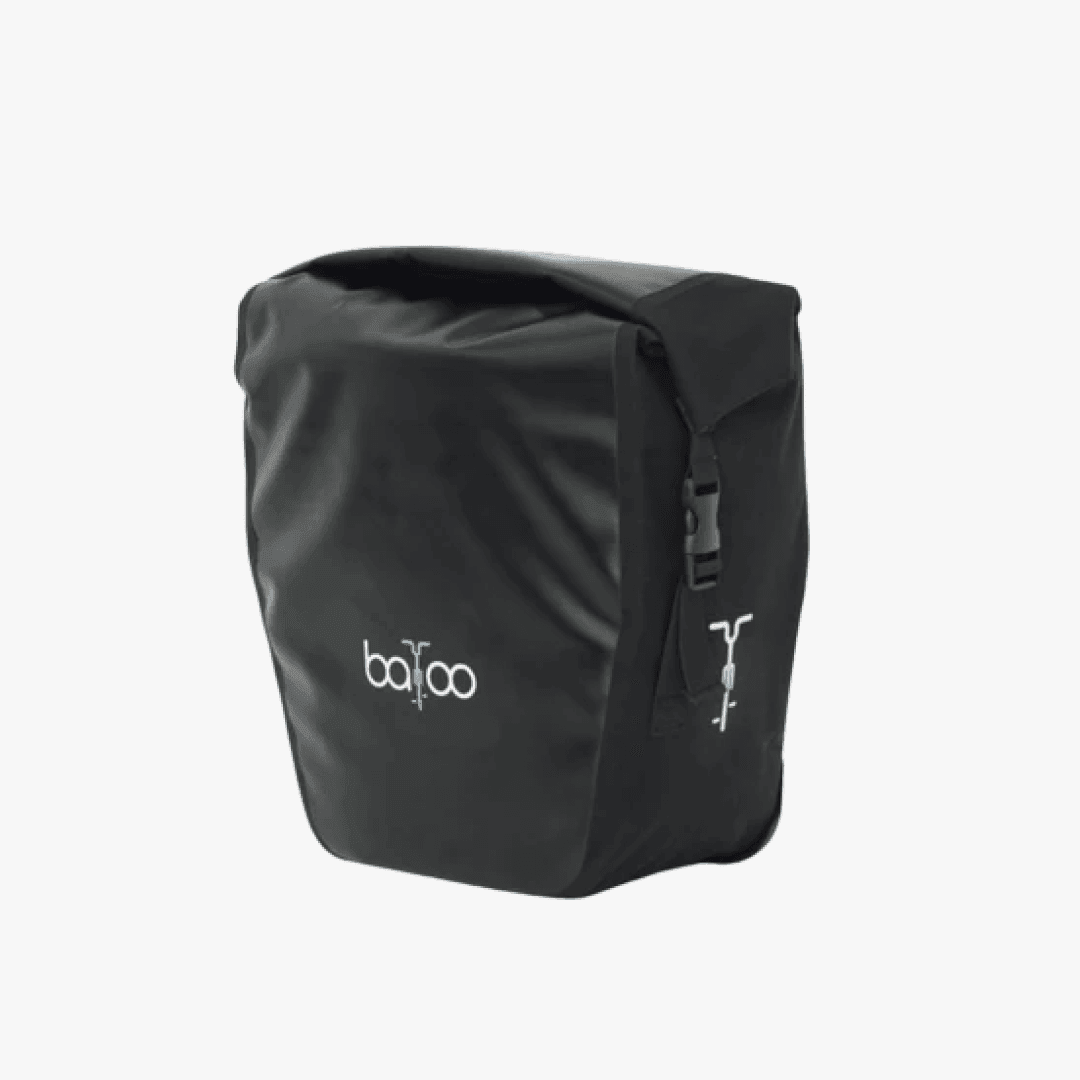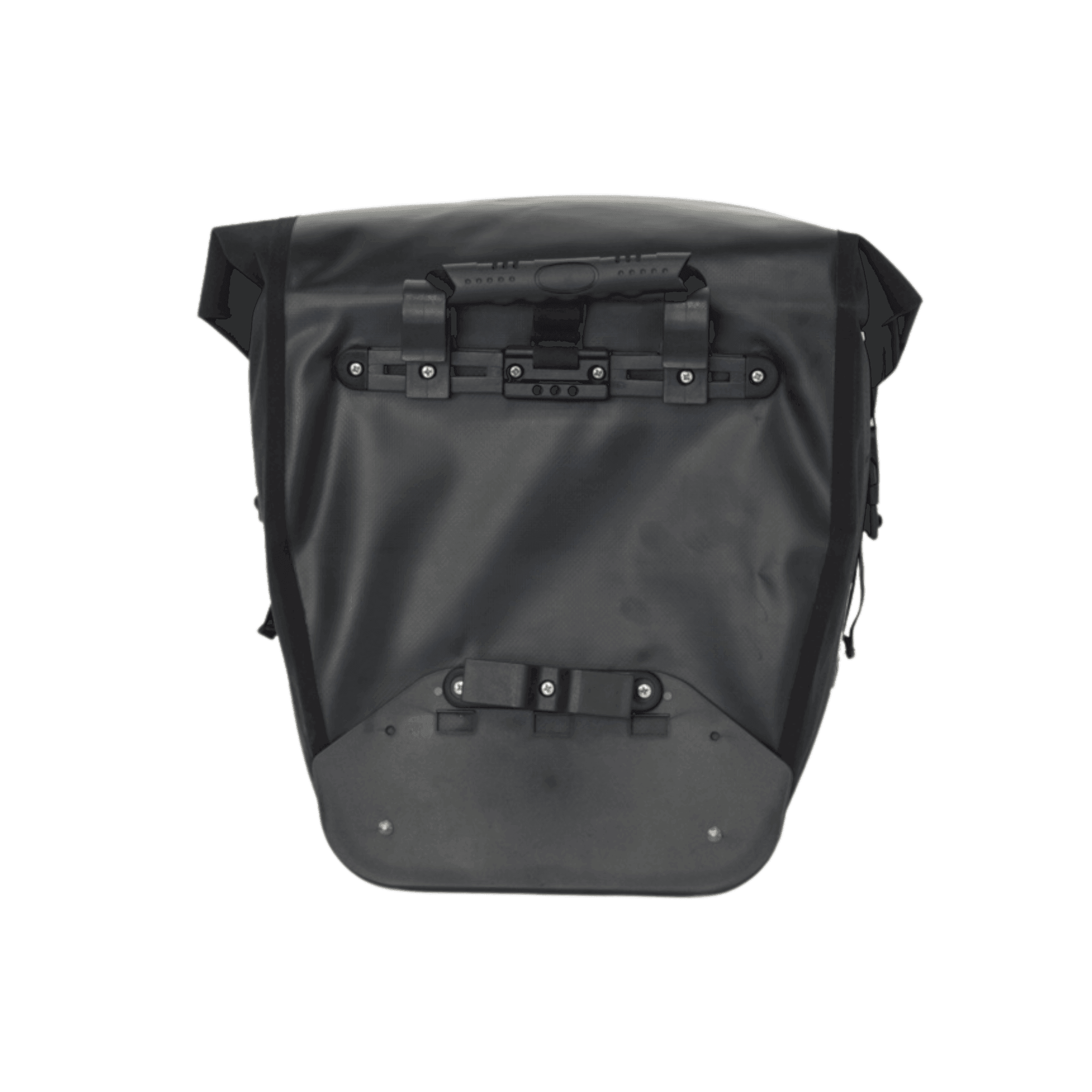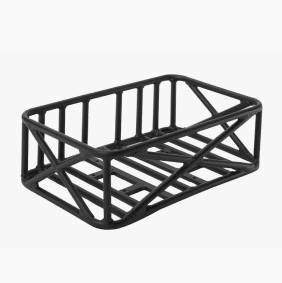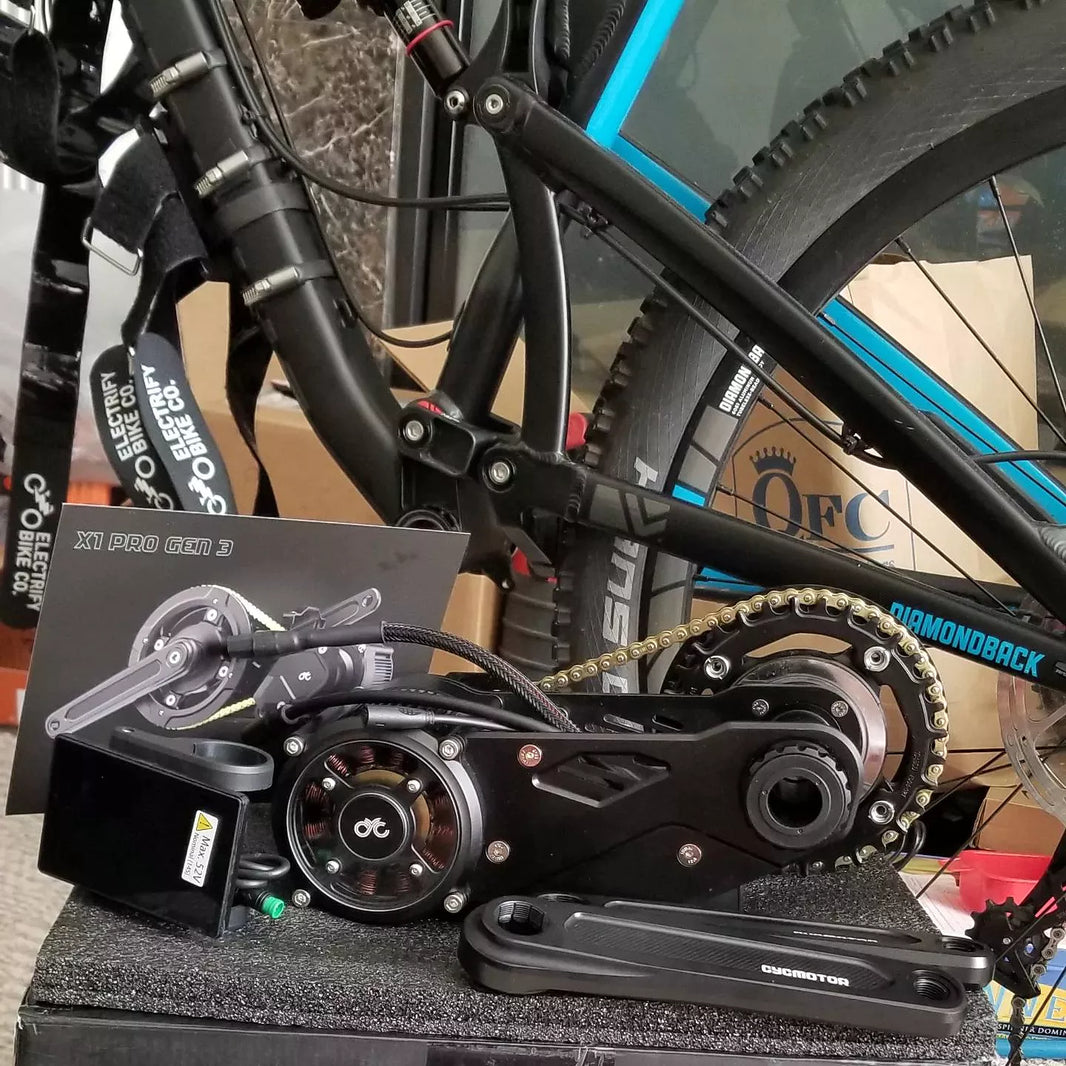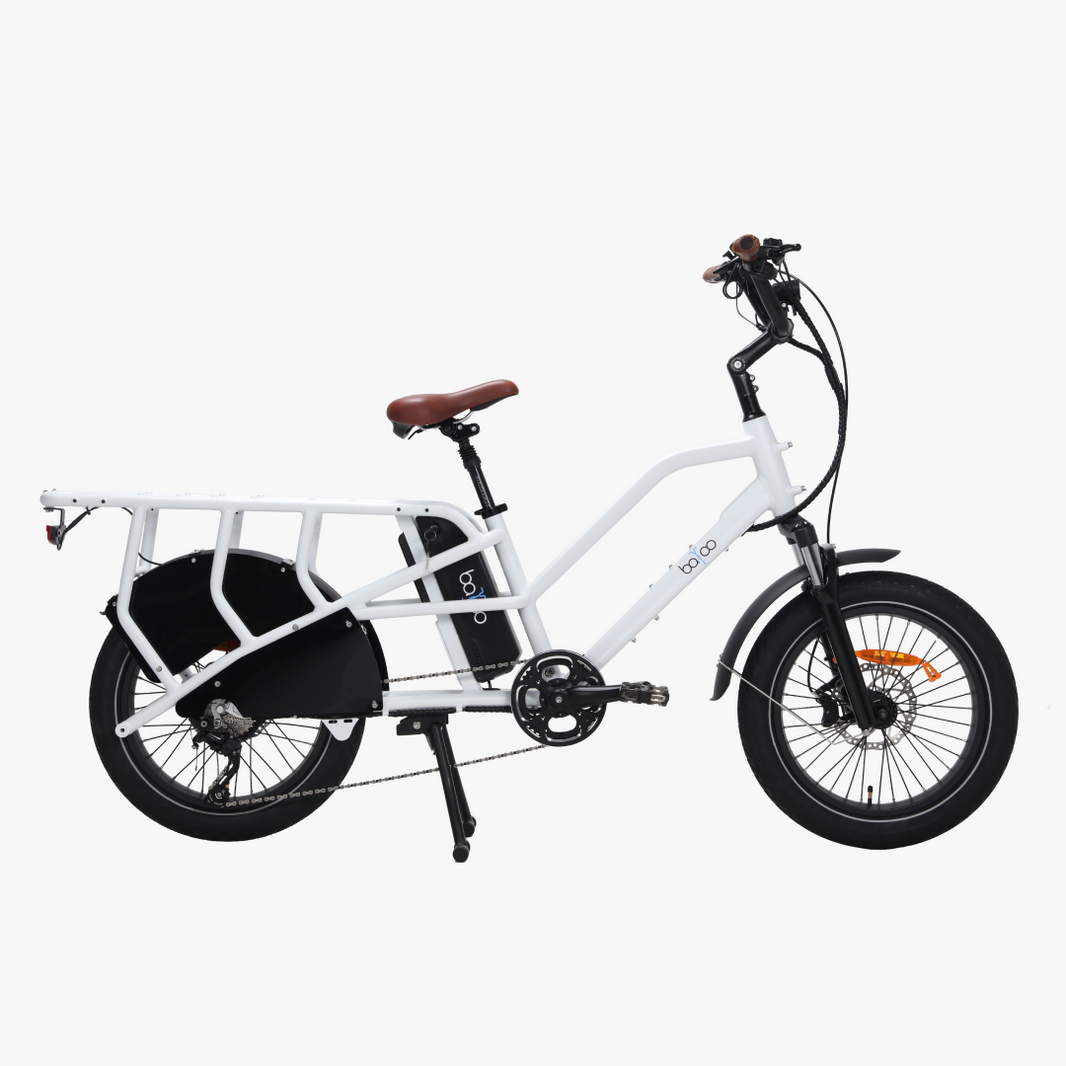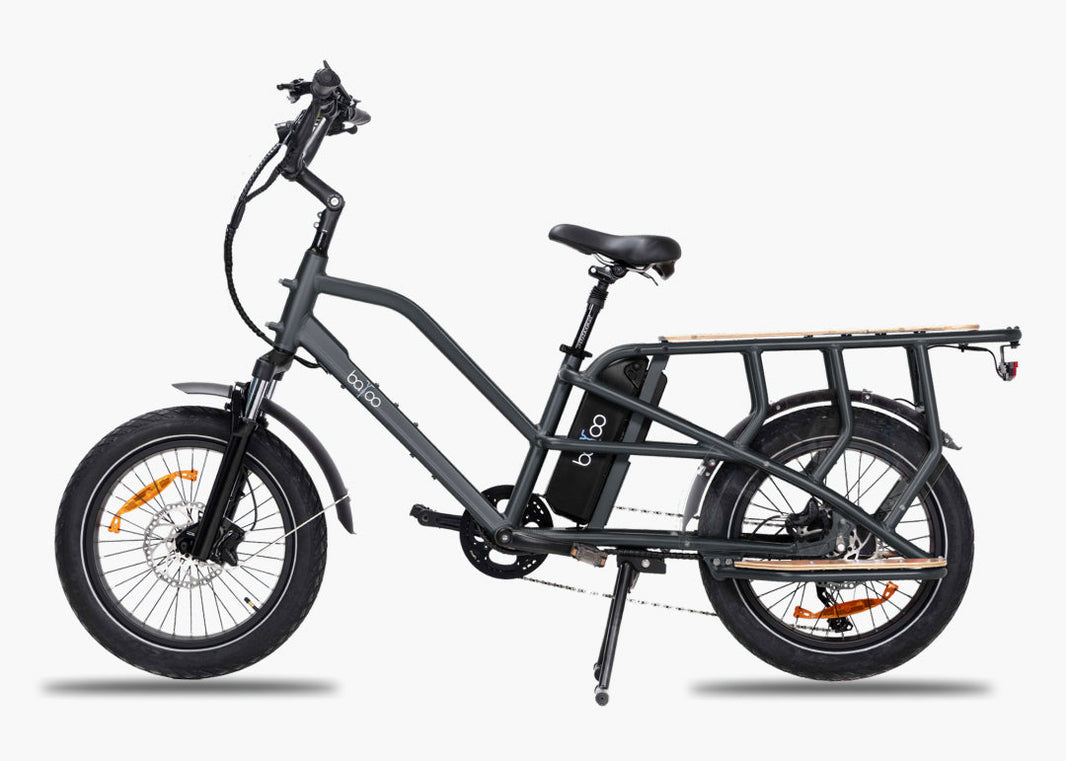A desire to move to pamper your health, a little desire for freedom to travel more ecologically while saving money, there is no doubt you are on the path to using an electric bike .
Electric bikes are on the rise, and with the financial assistance available for purchasing an electric bike, it deserves your attention. How do you shift gears on an electric bike? That's what we're interested in in this article, and that's what we're going to cover in detail.
Even though it makes pedaling easier, the cyclist will still have to pedal a few times during their journey. The electric bike relieves your effort and there is no need to force the pedals to move forward, but you have to know how to handle your machine properly, and therefore know how to change gears properly!
25 km max!

Don't confuse speed with electric bikes. In France, the regulations are very clear: electric assistance stops once the speed limit of 25 km/h is reached. You therefore have to pedal to hope to go a little faster.
The legislation is based on European Directive 92/61/EEC. For a bike that could go faster, it's important to know that it would no longer be considered a bicycle but a moped. How do you change gears on an electric bike?
Changing gears on an electric bike is, along with braking, one of the fundamental mechanical functions of this machine.
While knowing how to change gears may seem trivial to you, you should know that a certain amount of mastery will still be required.
Indeed, mastering the gear change on an electric bike not only allows you to improve your speed, but above all provides much more riding comfort and ensures more endurance on longer journeys.
What do you need to know about changing gears on an electric bike?

The first step to master is the vocabulary that must be considered to correctly shift gears on an electric bike. Indeed, this particular language will tell us about: low/high, big/small, easy/difficult, fast/slow, front/rear, single, double, triple chainrings, but we must understand:
Low gear = Easy = Good for climbing :
The "low" gear of a bike is the smallest chainring at the front and the largest sprocket at the rear. This makes pedaling easier, and when going uphill it allows you to pedal without too much effort. This position is called "downshifting." Some bike models may alert you, and if you hear or read on the screen "go, all the way to the left," you will need to position yourself to the left of the cassette but also to the left at the crankset.
High gear = Hard = Good for downhill :
The "highest" gear on your bike is the largest chainring on the front and the smallest cog on your cassette (rear gears).
In this position, pedaling is harder and it is possible to accelerate while descending. For this position, we say "shift into high gear" or "put yourself all the way to the right."
Racing bike:
THE Racing bikes were known for their number of available gears. There were 7, 18, or 21 gears. To determine this number of gears, you had to multiply the number of cassette sprockets (rear gears) by the number of chainrings (front gears) on the bike. So if your bike has two chainrings and 11 sprockets, your bike has 22 gears. Well, this isn't always this characteristic on all models; some high-end bikes are designated differently.
Single, double, triple chainrings:
The number of chainrings (front gears) on your bike determines whether your drivetrain (the gear system) is called "single-ring", "double-ring", or "triple-ring".
Today, the vast majority of bikes have fewer chainrings to make the bike more efficient, lighter, and easier to use. This is called a single-piece drivetrain for high-end mountain bikes and a dual drivetrain for high-end road bikes as well.
What are the basics of shifting gears on an electric bike?

Now that you know a little more about the vocabulary of electric bike transmission, how to change gears on an electric bike, you must now move on to the next step which concerns the basics to implement for changing gears .
First of all, depending on the type of bike you have, the shifters are sometimes a little different. On road bikes, bikes with curved handlebars, the shifters are the same levers used for braking.
Generally, you just have to push the lever to the side until you hear a click which means the chainring is changed. For mountain bikes and e-bikes, changing gears is done simply using your thumb according to the adjusted paddles which just need to be activated. Some bike models also have gear shift levers or levers, sometimes there is a dial which is positioned on the handle where you put your hands, in these conditions, you just have to turn this dial forward and backward.
The functions of the levers for changing gears

Left hand :
Controls the gears on the front/front derailleur by moving the chain up and down on the chainrings, this causes large jumps in gear.
Right hand :
Controls the rear gears/rear derailleur by moving the chain up and down the cassette. These levers are great for small gear adjustments.
Large lever :
This is the larger of the two shift levers. It shifts the chain to larger sprockets.
Shifting the chain onto the larger sprockets makes pedaling easier. On the front chainring side, if you press the larger lever, pedaling will be more difficult.
Small lever :
This is the smaller of the two levers and allows you to shift the chain onto smaller sprockets. Shifting to smaller sprockets (right hand) makes pedaling more difficult. If you press the small lever (left hand), you will then shift onto the small chainring and this will make pedaling easier.
Without big or small lever?
This means you have a SRAM drivetrain that uses the double tap system. This means you have a small lever hidden behind the larger brake lever, and you can only move this lever in one direction. In practice, this means:
So a long push (with two clicks) will move the chain to a larger and therefore easier sprocket in the rear (right hand).
A long push (left hand) will push the chain onto the large chainring.
A short push (with a click) will shift the chain to a smaller, harder sprocket in the rear (right hand) and a smaller, easier sprocket in the front (left hand).
You can also see a wrist-mounted gearshift system, or have a dial. A dial is simply turned.
- Forward, this shifts the chain to a smaller, harder gear in the rear (right hand) and a smaller, easier gear in the front (left hand).
- Toward the rear, this shifts the chain to a larger, easier gear in the rear (right hand) and a larger, harder gear in the front (left hand).
What is chain crossover?
Chain crossing is expressed in the following ways:
LARGE/LARGE:
The largest cog on the cassette (easiest gear) and the largest chainring (hardest gear) or far left at the rear and far right at the front.
SMALL/SMALL:
The smallest cog on the cassette (hardest gear) and the smallest chainring (easiest gear) or far right at the back and far left at the front.
Here, in either of these cases, the chain is stretched at an angle that can damage the drivetrain over time.
Using the Trim Function
If your bike has a front derailleur with a trim function, this allows you to make small adjustments that will prevent chain friction but not a complete chainring change.
Effective Gear Shifting Techniques

We can't say that there is a perfect gear changing technique, the main thing is to keep the cadence, one that is between 80 and 90 revolutions per minute, on the flat and even more on hills is recommended. With this cadence you will be efficient. On a technical level, it is good to start changing gears early, the right hand is reserved for small changes and if the pedaling rhythm slows down, at that moment it is possible to use the front derailleur with the left hand.
To put the small chainring and to engage the transmission before a big climb for example, one thing is certain to not stop in the middle of a climb, it is often necessary to add a little power to your pedal stroke at the same time as you change gears. Changing gears remains a good knack to acquire but with practice everything will be done without even thinking about it.
Conclusion
Changing gears on an electric bike is therefore a knack to acquire and it is best to change gears one by one to avoid jolts, this also prevents damage to the chain and sprockets.
With use and mile after mile, you will get used to changing gears instinctively, without any hassle!
We invite you to discover the hummingbird bike offered by BatooBike and to obtain various advice that may be useful to you. For further information, the entire team is at your disposal.
FAQs
How to use gears on an electric bike?
To shift gears smoothly on an e-bike, follow these tips: Shift gears "one at a time" to avoid jerking. Shifting multiple gears at once can cause unpleasant jolts and damage the chain and sprockets.
What speed should you use to climb a hill on an electric bike?
On average, you can expect to reach speeds between 29 and 40 km/h. These speeds are considered high compared to average, but if you still want to climb faster, you may want to invest in a bike that offers high-end features and allows you to climb faster.
How to get started with an electric bike?
To start your electric bike, you must first make sure it is fully charged. Then, you must press the ON button on the on-board computer, which is usually located on the handlebars, for 1 to 3 seconds.
How to change gears on a bicycle?
Turning the dial forward shifts the chain to a smaller, harder sprocket on the rear (right side) and a smaller, easier sprocket on the front (left side). Turning the dial backward shifts the chain to a larger, easier sprocket on the rear (right side) and a larger, harder sprocket on the front (left side).












